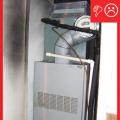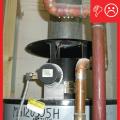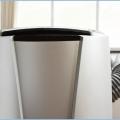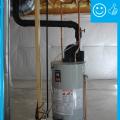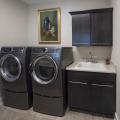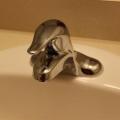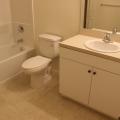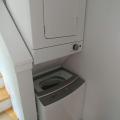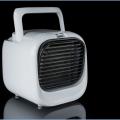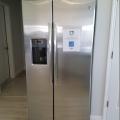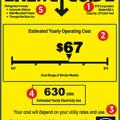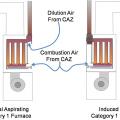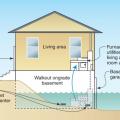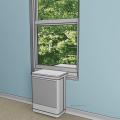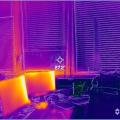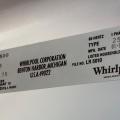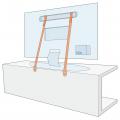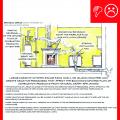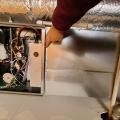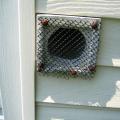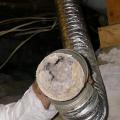Showing results 51 - 91 of 91
National Fuel Gas Code (NFPA 2012) identifies four categories for combustion furnaces and water heaters based on combustion type (sealed or unsealed) and vent pipe temperature
Portable air conditioners offer flexibility with where they are located, but usually need to be installed near a window as they require one or two intake/exhaust ducts connected to the exterior
Preventative steps to take throughout the home to prepare for an earthquake or other natural disasters
Right - EPA WaterSense-rated low-flow plumbing fixtures are verified as using less water than typical plumbing fixtures.
Right – a booster fan was installed in this long dryer duct to increase air flow and help prevent the duct from being clogged with lint
Right – An ENERGY STAR washer and heat pump dryer save energy and money for home owners.
Right – EPA WaterSense-rated faucets reduce water usage compared to standard bathroom faucets.
Right – EPA WaterSense-rated low-flow showerheads reduce water and energy usage compared to standard showerheads.
Right – EPA WaterSense-rated showerheads, faucets, and toilets contribute to both water and energy savings.
Right – This net zero energy home has an electric vehicle charging station in the carport.
Right – This stacking ENERGY STAR-labeled washer and dryer save energy and water as well as space.
Small, battery-powered evaporative coolers can be appropriate for personal cooling in arid climates (only)
The cabinet above this refrigerator will keep it from tipping forward during a seismic event
The condensate line (amber-colored plastic tube) from the high-efficiency furnace drains into the sewer via the same drain pipe as the clothes washer
The EnergyGuide label for this refrigerator shows that it is estimated to use 630 kWh/yr (approximately 1.7 kWh per day) based on a standard test procedure
The natural draft and induced draft furnace are both Category I appliances that receive combustion air from the combustion appliance zone
The raised hood at the base of the vent stack on this water heater shows that it is an atmospheric vented gas water heater
The water heater and other appliances are located above the Base Flood Elevation.
This depiction of a saddle installed window heat pump does not obstruct window use and provides fairly quiet 120 Volt operation
This infrared image shows little heat gain from north-facing double-pane windows with blinds, but significant heat output from computer monitors
This larger, less efficient refrigerator shows a listed amperage of 6.5 A, which indicates that it draws 780 watts (6.5 A x 120 V)
This MSHP operates with 120 volts power, has an EER of 18 Btu/Wh, uses about 800 W at full output, and operates remotely with a smart home control system
This wall-mounted high-efficiency condensing gas tankless water heater has PVC vent pipes and insulated water pipes
Use flexible straps to secure large electronics equipment like computer monitors and microwave ovens during seismic events.
Wrong – A clothes dryer that vents to the crawlspace can contribute moisture to the crawlspace; this can result in damp, molding, and rotting insulation
Wrong – Overly powerful kitchen exhaust fans can backdraft other combustion appliances in the home
Wrong – Seams in the furnace-to-AC connection at the air handler are not sealed.
Wrong – the exhaust terminal for a clothes dryer should not be covered with a screen which could trap lint; instead, cover it with a hooded, louvered damper
Wrong – Two combustion appliances are sharing a flue which could lead to backdrafting if one appliance is updated to a direct vent appliance and disconnected from shared chimney.
Wrong –Excessive length and a vertical angle on this dryer duct reduced air flow allowing the dryer duct to become completely clogged with dryer lint

